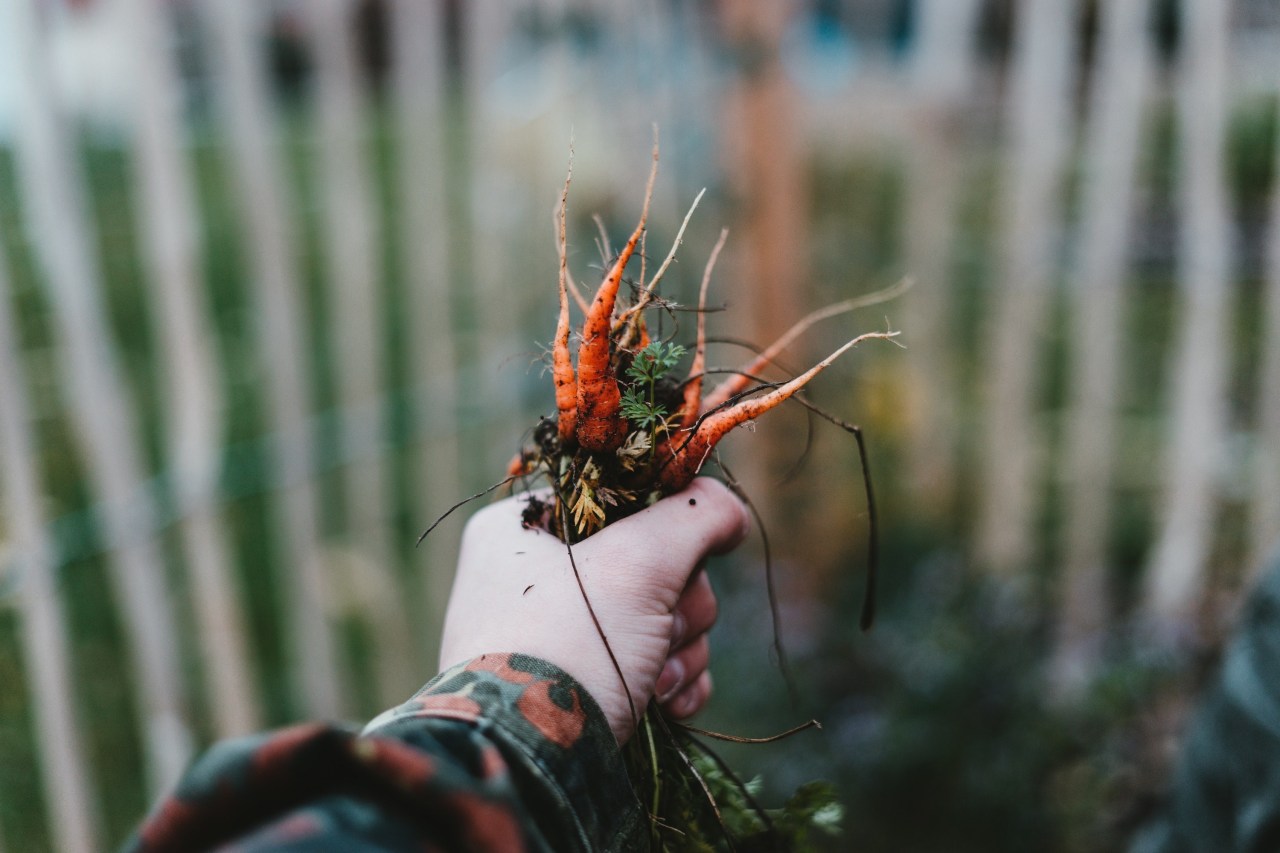My green garden – 7 ways to make a difference
Are you doing your bit for our beautiful, beleaguered planet? One way to contribute is to take a sustainable approach to your garden design. Here are 7 tips that will keep your garden apace with the environment's needs (and the envy of your neighbours)
For the bees
It sounds dramatic but the future of bees is by round about ways also the secret to our own well-being. With their habitats under threat, bees are in decline and we can help. While you may not want to go the extra distance and include a beehive in your garden design there are plenty of ways to support our pollen-carrying friends.
Plant the right flowers
Here are some great choices that bees love.
Bee-friendly annuals include Marigolds, Sunflowers, Poppies, Cosmos, clover, Nasturtiums, Hebe, Dahlias, Gladiolus. Some bee-patronised perennials are Tagasaste (Tree Lucerne), Calendula, Echium, Viburnum, Hoheria, Lavender, Cabbage Tree, Hebe, Alyssum, Pohutukawa,Catmint, Echinacea, Geraniums, Aquilegia, Phlox, Honeysuckle, and Clematis.
Plus honeysuckle and clematis are climbers that have bee appeal.
Blue and yellow flowering plants are bee favourites along with white and purple blooms but multi-coloured, a variety of blooms and flowers grown in clumps are all advantageous.
Watering
Bees need water so whether it’s a shallow bowl or a lily pond make sure there is plenty of H2O to go.
_______________________________________________________________
Grow your own
The world is changing and with many of us spending more time at home it also makes sense to grow our own vegetables. Here are some quick tips for those that think a trowel is something that lives under a bridge.
Light fantastic
Most vegetables, particularly those that bear fruit (such as tomatoes, cucumbers, peppers and squash) need sunshine, and lots of it. Eight hours of direct sun each day is ideal.
The right soil is essential
Healthy, rich soil is the key to a productive vegetable garden, check out your existing soil fertility and pH, there are kits available, and armed with that knowledge ask your local garden centre how to rebalance your soil or recommend the right flowers for your current soil makeup.
Less is more (successful)
You may get carried away and want to grow the world but choose four or five vegetables – and give them all plenty of space.
Watering and feeding
Your newly seeded beds will require plenty of watering, but most established crops are happy with a few centimetres per week. Mulching your soil also helps retain moisture and keeps weeds down at the same time.
_______________________________________________________________
Cut your lawn (size)
It’s all about resources and lawns use quite a lot. A beautiful, verdant green, weed-free lawn needs a lot of water and fertiliser to keep it looking that way. A more sustainable option would be easy-care native ornamental grasses, low shrubs, or other ground covers.
And whether large or small, lose the petrol mower. Noisy and bad for the environment, petrol mowers are out of time. Hand mowing or electric mowing are the ecologically sound preferences.
_______________________________________________________________
Raining in your water use
Conserving water
Water is an important element of sustainability, especially in areas where water can be scarce. Choosing drought-tolerant shrubs and perennials is one way forward. To collect rainwater to use on your plants, install a rain barrel at the base of one or more of your downspouts to capture and store stormwater runoff from your roof.
Hand watering
Hand watering provides precise water amounts just where it’s needed.
Avoid setting sprinkler systems
It seems logical, if it’s raining, for example, there’s no point in wasting your own water. The weather isn't on a timer – so let's not respond to it with one.
_______________________________________________________________
Going organic
Going organic is a key part of sustainable gardening. Using fewer chemicals is more ecologically sound and certainly more cost-effective. Good soil, natural compost and organic pest control are all important with organic solutions.
Mulching will keep the weeds down and lock in your water content at the same time.
_______________________________________________________________
You know the slogan – plant more trees
Planting more trees helps transfer carbon from the air into your soil. Plus a shady tree helps cool your home down in the summer. Fruit trees have beautiful blooms and contribute free, healthy fruit to your family dining table.
Oh, and lastly, trees are gorgeous.
_______________________________________________________________
Recycle where you can
The world might be waking up at last – evidently plastic isn't the dream material after all, for example. Every bit helps and that means you and your garden, too. Choose new garden materials – stakes, pots etc with an eye for longevity and reuse.
Choose wisely
Why buy a plastic stake when bamboo options are so readily available. In fact, why even start with new? Old jars, old plastic containers, existing pots and whatever else is to hand can be repurposed and if there's a crack in a pot rather than a newly bought label then that is what we call a character feature.
Get creative
Household elements can be reused in this way as well and getting the kids creative with paints, feathers, cut-outs (anything!), glue and old containers is also a great idea.
_______________________________________________________________
These are just some small moves you can make to help planet Earth and your immediate environment at the same time.
Good luck and good gardening to you all.
Story by: Trendsideas
Home kitchen bathroom commercial design
Classic looks, contemporary efficiency
Diving into nature
Personality plus









